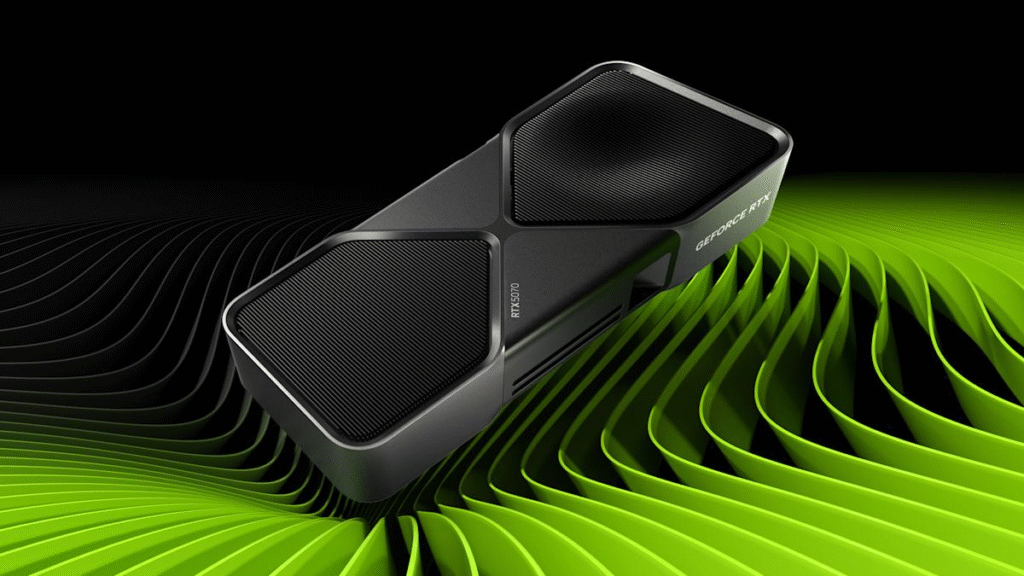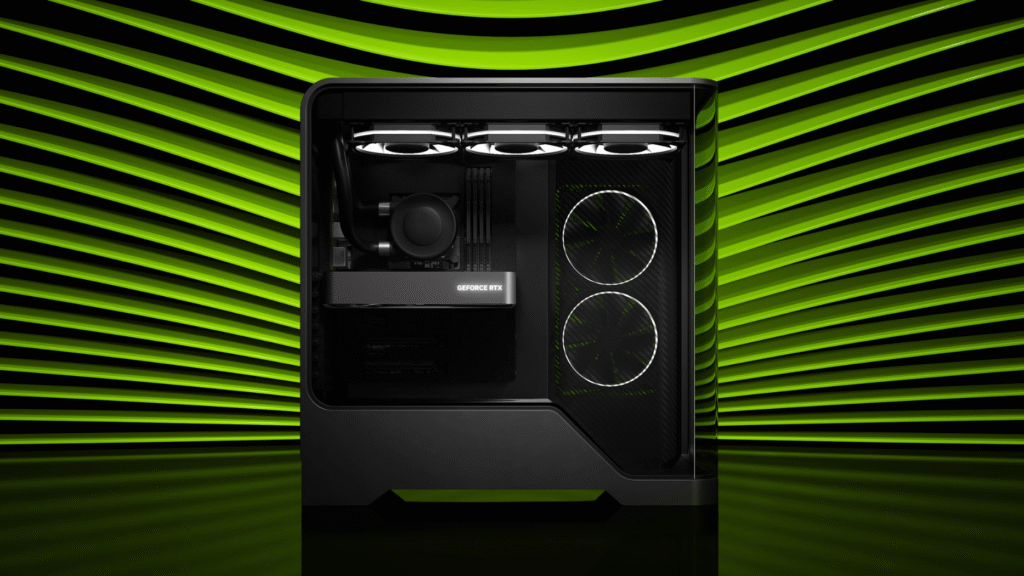Nvidia is reportedly about to overhaul its desktop graphics card family by an entire series of RTX 50 Super cards that are promised to offer incremental increases in both memory bandwidth and compute resources. The three new models referenced in the leaks are the RTX 5070 Super, RTX 5070 Ti Super, and RTX 5080 Super, all of which are based on the Blackwell architecture and target the gamer and creator markets thirsty of additional bandwidth to handle high-resolution tasks.

RTX 5070 Super Raises Core Count and Memory
According to reliable leaker @kopite7kimi, the RTX 5070 Super will feature the GB205 GPU paired with a 192‑bit PCB. It will provide 6,400 CUDA cores, an increase over 6,144 CUDA cores on the non-Super model, and will increase the memory to 18 GB of GDDR7 on a 192-bit bus. The new memory modules will be 28 Gbps of increased bandwidth to large textures and tasks with a lot of data.
This added VRAM is especially valuable to users operating in 4 K gaming or real-time 3D rendering who can outgrow the texture and frame buffer capacity of older cards. The core count uplift also contributes to trouble-free operation in ray tracing and in using AI-accelerated functions such as DLSS 3.5.
Power and Performance Trade Off
The TGP (total graphics power) of the RTX 5070 Super is rumored to rise to 275 W, up from 250 W on the standard RTX 5070. This 25W boost enables the card to sustain higher clock frequencies when under serious load situations and also demands greater cooling systems. Constructors might require proper ventilation conditions or would have to purchase the upgraded coolers to dissipate the extra heat.
Ti and 5080 Super Specs
The RTX 5070 Ti Super is expected to use the GB203 GPU on a 256‑bit interface. It will deliver 8,960 CUDA cores and 24 GB of GDDR7 memory at 28 Gbps. Its TGP will jump to 350 W, marking a significant rise over the 300 W of the current Ti model.
The flagship of the leak, the RTX 5080 Super, reportedly mirrors the Ti Super in memory capacity and bus width but pushes CUDA cores to 10,752 and memory speed to 32 Gbps. Its power draw could reach 415 W, making it one of the most demanding consumer cards yet.
What It Means for Gamers and Creators
If these specs hold true, the RTX 50 Super series will offer a clear path for users who need extra VRAM for 3D modeling, video editing, or machine‑learning inference on their desktop. High‑resolution gamers will benefit from the additional memory buffer, while creators can load larger datasets without resorting to slower system memory.

The higher power requirements also signal that Nvidia is targeting high‑end enthusiasts willing to upgrade their power supplies and cooling. Given the trend of VRAM becoming a bottleneck in next‑generation games and professional software, the Super refresh may arrive just in time to meet those demands. These details remain unofficial until Nvidia confirms them. Nevertheless, they paint a picture of a refresh that emphasizes capacity and raw compute over pure architectural changes. Gamers and professionals alike will be watching Nvidia’s announcements closely to see how these new Super cards fit into the evolving landscape of graphics performance.




